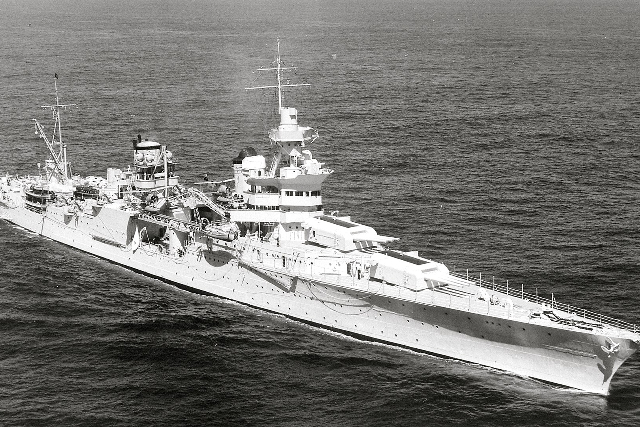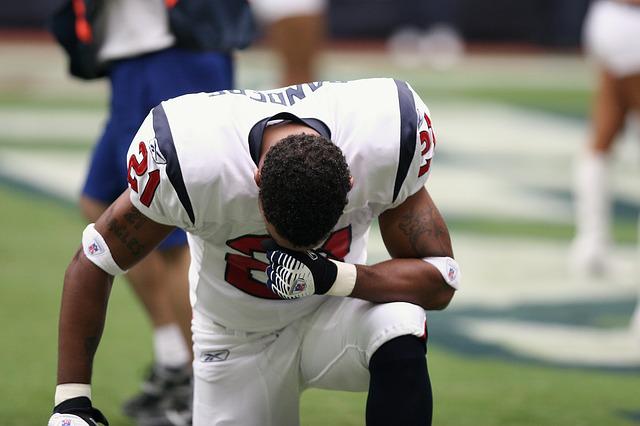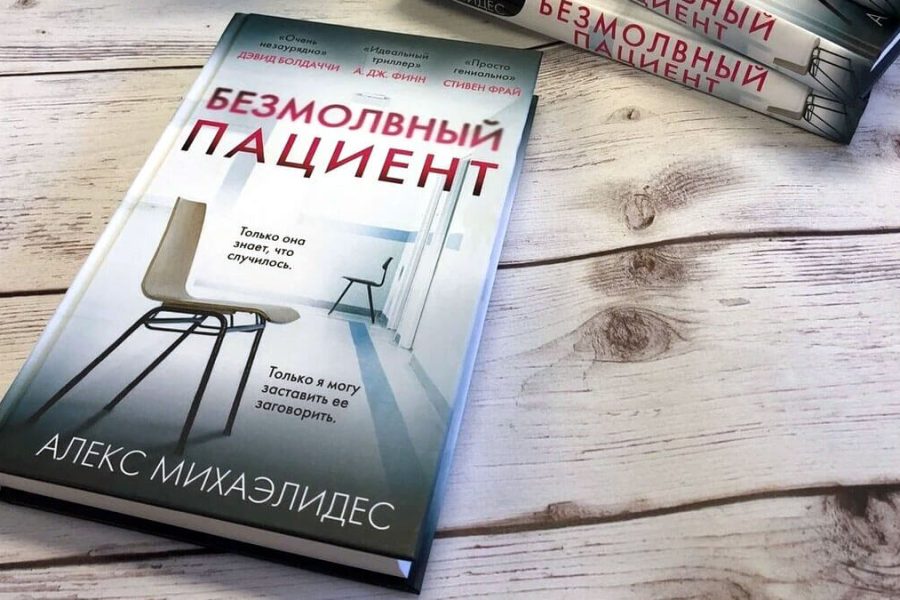We've previously told you about some of the major disasters in human history that governments swept under the rug to avoid responsibility or, in some cases, to "keep morale up." But whatever the reason, there's no shortage of cases where something terrible happened and those in power pretended it didn't happen.
10. Hillsborough Cover-up
In 1989, 96 football (or soccer, to the Americans) fans were killed in what became known as the Hillsborough disaster. Liverpool fans were crushed to death in standing pens as the crowd surged in and there simply wasn't enough room for everyone. In 2017, six police officers were charged with involvement in the murders and subsequent cover-up, but were not convicted.
Shortly before kickoff, a crowd had gathered outside the stadium, and police opened the gates to allow the crowd into the already packed enclosure. Hundreds of people were injured in the crush of humanity in addition to the deaths, and in 2021, a man who suffered serious brain damage at the time died and was added to the tally as the 97th sacrifice .
After the incident, the police actively sought to change history by deflecting blame from themselves. They destroyed the footage from that day and shifted the blame to the fans. The altered documents accused the fans of assault on police and urination, and also stealing from the dead. They called the fans drunk and said they forced their way in, but that's not true.
In 2021, the police agreed to come to agreement with 600 victims, although no details have been released since.
9. In the sinking of an aircraft carrier "Indianapolis" blamed the captain.

History of the aircraft carrier "Indianapolis" not often told (except for " Jaws ”), despite the fact that it was “the most the largest loss of ships at sea in the history of the US Navy "This was partly due to the Navy's efforts to cover up what happened.
« Indianapolis" was carrying parts of the bomb dropped on Hiroshima in a top-secret mission. Apparently that part worked. But on the way back, something went wrong. They were headed to the Philippines when a Japanese submarine torpedoed the ship. Three hundred of the 1,197 crew members died with the ship. Of those who remained, only 317 returned home.
The sinking was fast, so few lifeboats were used. Many in the water were burned and injured and could not stay afloat. The waves were 12 feet high. Hypothermia took the men during the night. Dehydration during the day. And the blood attracted sharks. Hundreds of them.
The men remained in the water for four days because the Navy would not admit that the boat was missing. Three SOS calls were made and received, but the Navy ignored them, in one case because the officer was drunk. They were eventually spotted by a random aircraft.
The captain was brought to trial for the sinking and military tribunal He lived with guilt for years, eventually committing suicide, but was later exonerated after a sixth-grade history class revealed the truth that the captain was innocent.
8. Ryongchon Disaster
Getting information out of North Korea is like getting blood from a stone, so it's no surprise that the truth about the Ryongchon disaster is blurry. One report says 150 people died and 10,000 homes were damaged. The Red Cross initially said 54 people had died, while South Korean sources said about 3000 people . And the exact reason for all this was just as schematic.
Perhaps we encountered two fuel rails But the Red Cross said the trains were carrying explosives, not fuel. And one source said power lines were to blame when they fell on a munitions train, not a collision. A former US ambassador to South Korea suggested it could have been an assassination attempt on Kim Jong-il, who was in the area.
The country cut off phone lines shortly after the incident, preventing any information from being disseminated, and the incident remains as clear as we have made it out to be.
7. Battle of Orgreave
Call it Hillsborough 2.0, although it happened earlier, because in this participated many of the same police officers . This time it wasn't football fans, but miners. In 1984, 6,000 police officers clashed violently with striking miners. Ninety-five miners were arrested, but the court cases fell apart due to lack of evidence. Police later claimed that the police had either manipulated or hid evidence actions of the miners.
As early as 1991, police were known to have used excessive force and maliciously prosecuted miners for doing nothing more than picketing. The police charged them with rioting and 39 miners were awarded £425,000 for malicious prosecution and assault, among other charges. However, the police never admitted wrongdoing.
Subsequent statements from police during the Hillsborough investigation revealed that they were told not to write their own statements, but simply to sign pre-written reports of events. Many officers also lied at trial, doing the same thing they did five years later in the Hillsborough case.
6. Windscale Meltdown
Nuclear disasters seem like the kind of thing that no one can hide, but as we saw with Chernobyl, people try. The Windscale disaster in the UK was no different. In 1957, a fire broke out in the core of a reactor where plutonium was being produced. Everything was sealed and guarded. The fire burned for 16 hours, spewing toxic smoke into the atmosphere. The government completely covered up what had happened, not even for the supposed benefit of the public, but because they feared it would expose threat to the relationship with the United States.
There was no cleaning done because the technology for it didn't exist, so they waited 40 years The robots were then sent under the water that flooded the area to extract and move the plutonium.
5. The Bethnal Green Disaster
The biggest loss of life of civilians in Britain during World War II occurred in 1943. Residents heard the air raid siren and, as they had so many times before, rushed to Bethnal Green tube station. It was now part of the routine and most people knew what to do. But this time it was different. New anti-aircraft guns were firing and people thought bombs were falling. Only one door into the station was open and panicked people pushed through and trampled others. In total, the fight was crushed 173 people . Almost all were women and children, and most of them died of suffocation.
Early reports suggested the metro station had been damagedshelling from the enemy . Officials thought the raid would go like all the others, but the testing of new weapons caused panic. The truth remained hidden for 34 years.
4. Battle for May Island

You might think that an incident in which more than 100 sailors died during World War I would be well known, but that is not the case with the Battle of the Isle of May, an event that was not a battle at all but a series of accidents and which was erased from history for many years.
Royal Australian and Royal Navy ships were training off the Isle of May. Fog reduced visibility and communications problems meant many ships lost contact with each other. No one knew that there were minesweepers in the area , and the minesweepers were unaware of the exercises. By the time it was over, eight ships had participated in five collisions Some sank without survivors, others lost most of their crews. A total of 105 people died.
All the records were sealed during the war, but after that they remained sealed until 1994, when surveyors discovered the wreckage of two ships and the incident had to be resolved.
3. The NFL Tried to Hide Traumatic Brain Injuries

It is now fairly well known that there is a link between football players and head injuries. One study found , what more 40% retired players have brain injuries. For the season It happens 140 concussions It seems like a big deal, and it is, but for years the NFL has tried its best to keep anyone from knowing about it.
The doctor who first linked football to chronic traumatic encephalopathy after performing an autopsy on a player was attacked by the league and his work was called bad science. They published their own research with erroneous data, downplaying the seriousness of injuries while deliberately ignoring the risk to its players. The New York Times found that the league had failed to include in your reports data about 100 concussions .
When the league couldn’t get rid of this information, they donated millions to the National Institutes of Health’s brain research to save face, but were then quickly accused of trying to influence the research. As a result, the NIH rejected a $16 million donation. They then poured millions more into medical and equipment research. However, in 2017, a study of the autopsies of 111 deceased NFL players found that 110 of them had chronic traumatic encephalopathy.
2. Tulsa Race Massacre of 1921.

It's rare that history is so carefully hidden that we only learn about it through comic books, but that's the sad legacy of the Tulsa race massacre. If it weren't for film adaptation "The Guardians" from HBO , most people would never have realized that this was a real event. The show depicted events that led to a number of articles being published after the fact stating that yes, this did happen.
In 1921, riots in Tulsa were quelled by the presence of the Ku Klux Klan and the trial of a 19-year-old black man accused of attempting to rape a 17-year-old white girl. Soon, mobs of white people were burning black-owned businesses and indiscriminately black citizens were shot An estimated 300 black citizens were killed.
After that, records of what happened disappeared. The National Guard was called in, but there was no record of it. The police confiscated photographic evidence. Local newspapers ignored it for decades, and even in the 1970s, anyone who tried to investigate it was threatened Even the language was sanitized, since for many years it was called a "riot" and not a massacre, as it was.
It wasn't until the 1990s, when the Oklahoma City bombing brought reporters to the area and began recording people's oral histories, that rumors of what happened began to circulate again.
1. Santa Susana has had several nuclear accidents and leaks.

Most people can name only a few nuclear accidents off the top of their heads. It’s not like there are hundreds, but the most famous ones include Fukushima, Three Mile Island, and, of course, Chernobyl. But would you include Santa Susana on your list? Most people wouldn’t, but they should, since the Santa Susana Field Laboratory was a huge experimental research facility located very close to Los Angeles, which had its own nuclear disaster back in 1959. year .
Rumors about the accident did not become public knowledge. until 1979 , and even then most people didn't notice because the lighting was very minimal. The reactor core overheated and began releasing radioactive gases. It did this for 10 days until someone shut it down. The temperature reached 1,465 degrees Fahrenheit. Three other reactors also had accidents at different times. And none of them had containment.
A physicist working on the site witnessed the release of nuclear materials. Worse, he saw people dumping nuclear waste into open pits, to burn them But for years, officials lied about what happened, even as developments were built on nearby land that could have been contaminated. Many people living nearby have health problems that could have been caused by the contamination.
The site has yet to be cleaned up, although an agreement was reached in 2010 to do so by 2017. The Department of Energy, NASA and Boeing, which have conducted studies there, have argued that the site is not that dangerous and is too difficult to clean up.













Оставить Комментарий